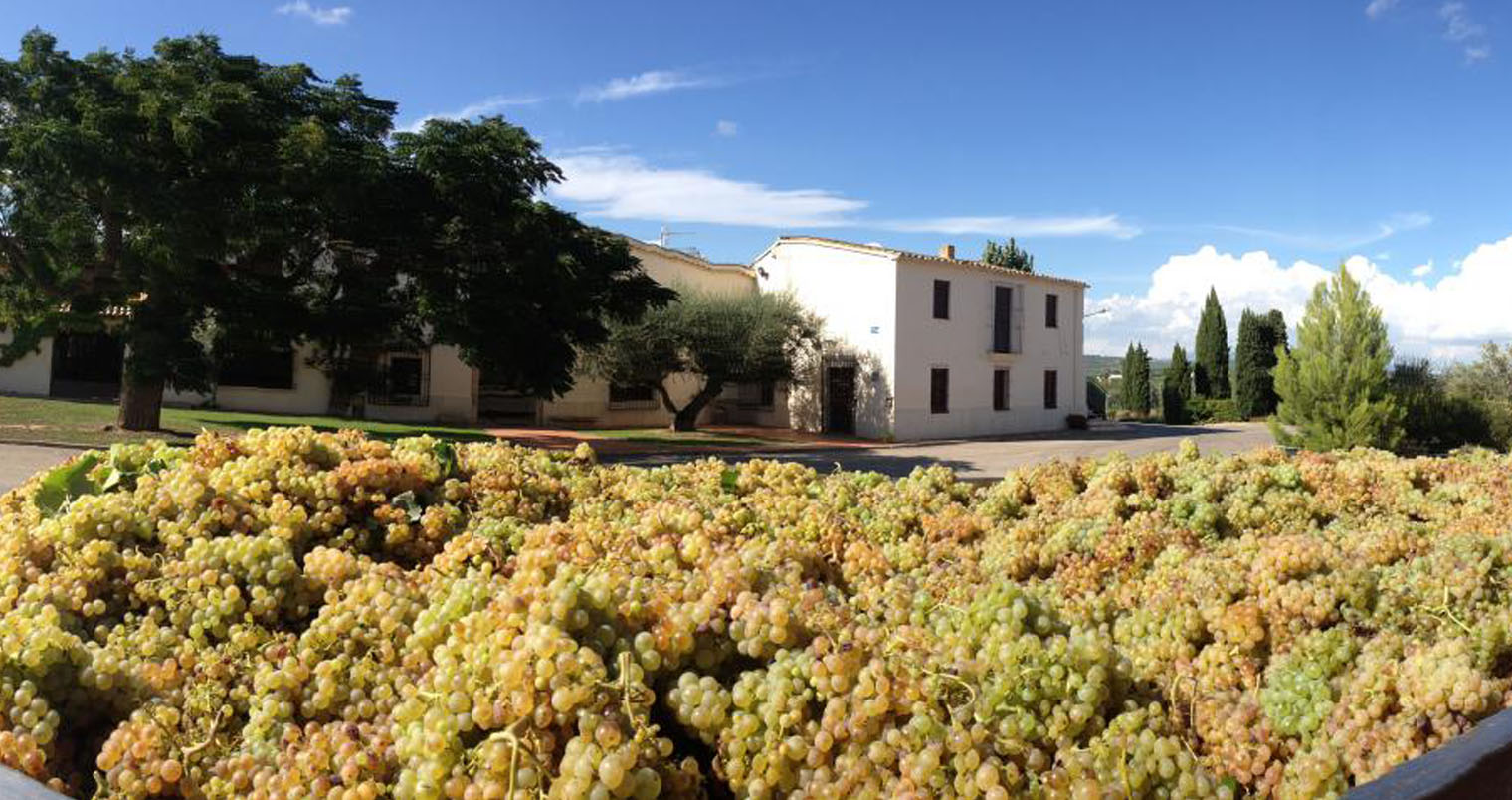

One party guest you can surely rely on this rampant year is, wine.
Whether still or fizzy, a bottle of wine will be present at the dinner table (or presented as a gift). We will probably see more fizzy wine though – for that celebratory toast honoring the sparkling holidays. For that reason, we asked three worldly wine experts on how to handle a bottle of bubbles this holiday season: from popping a powerful cork and pouring into proper glassware, to pairing with seasonal plates and gifting to guests. These are pro-tips worth jotting down.

Florent RB of Champagne Boizel
Picking a bottle of bubbly
Florent Roques-Boizel, CEO and sixth-generation family owner of Champagne Boizel in Épernay, France
For our Champagne Boizel cuvées, our Brut Réserve NV (750ml/$49.99) is ready to drink when on the market – [already] aged 4 years in our cellars. There is a mandatory minimum aging on lees at the producer cellars of 18 months for NV wines and three years for vintages, which means when the bottle reaches the market, it is ready to drink.

Elena Schipani of Bottega SpA
Elena Schipani, Corporate Sommelier at Bottega SpA in Bibano, Italy (near Treviso)
We suggest drinking [Bottega Gold Prosecco DOC NV (750ml/$32.99)] within one year from the bottling, [at] a temperature between 4-6°C (39-42°F).

Marc & Joan of Paul Cheneau
Marc Clapes, Export Director at Paul Cheneau in Penedès, Spain
We recommend buying a [Paul Cheneau Lady of Spain Brut NV] Cava (750ml/$14.99) and drinking it [immediately]; we age them underground with its lees, and once it’s in the market, there is no more aging, but evolution. The longer the cava has aged in the bottle, the longer it will keep drinkable. To be safe, we recommend drinking it within two years of disgorgement. For example, all Paul Cheneau cavas show the disgorging date (L-DD/MM/YY) on the capsule. Note: “L” stands for Lot. The suggested temperature to best enjoy sparkling wine is between 6-10°C (42-50ºF).
Popping a strong cork
Schipani: Take the bottle out of the tray drawer – making sure that the stopper (cork) faces upwards, and remove the protective mesh from the bottle. Stand the bottle upright. If possible, turn the front label outwards [to guests].
Boizel: Remove the top of the foil, and untwist the cage while holding the cork with your other hand.
Clapes: Loosen the wire muzzle (cage), but do not remove it as it will help to have a better grip when we hold the cork. Have the bottle in a 45º angle, then move the bottle from the bottom – the hand holding the cork does not move.
Boizel: Always make sure the bottle is pointed away from you or other guests, just in case…
Clapes: Open slowly making sure the cork is not pointing at anyone (especially anyone’s face). The softer the cork is removed, the better because we retain the carbon dioxide. If we remove the cork rapidly, a nice pop sound comes, but we waste CO2. If the cork is hard to remove, the hand that holds the cork can also make movement – an opposite move than the move of the other hand.
Schipani: Grasp the base of the bottle keeping it upright – slightly tipping the glass to slowly pour the wine.
Clapes: Do not shake the bottle before opening it!
Pouring into proper glassware
Clapes: Flutes are the natural and most common glassware for bubbles. They are very nice and we can see all the bubbles rising up forming a crown, which is beautiful. However, we highly recommend a wider glass; for example, a white wine glass where more room will allow us to best enjoy all the aromas.
Boizel: I prefer to use a white wine glass or tulip-shaped glass, [pouring] about one-third of the white wine glass or half of the tulip. It is important not to fill too high, leaving room to release aromas.
Clapes: Fill the glass with a third of its capacity [to] avoid the wine from getting warm, and allow space for the aromas to concentrate and thus enjoy them.
Schipani: A bottle of [sparkling] wine contains just over 25 ounces, so it is common to see it portioned out into seven servings (3.5 oz/100 ml).

Bottega Bibano Vineyard
Profiling Prosecco, Cava, and Champagne
Clapes: First, we could make a difference about the production methods: Traditional Method, or second fermentation in the bottle, such as AOC. Champagne, DO Cava, Franciacorta, Crémant from France, and most U.S. sparkling wines; among others – this is the highest quality production method. [And] second fermentation in a tank: for example, Prosecco which gives less complexity.
Boizel: Many things differentiate Champagne and other sparkling wine regions: the history, unique terroir (combination of soil, climate and human know-how), and of course, the élaboration. For Boizel Champagnes, we use only three grape varieties: Pinot Noir, Chardonnay, and Meunier. All the vineyards are harvested in small baskets and pressed close to the vineyards.
Schipani: The Glera grapes used to produce [Bottega Gold] comes from the heart of Prosecco DOC area [of] deep soils, made up of conglomerates of rock and sand. Grapes are exclusively hand-picked and vineyards are cultivated with organic methods. Hand-harvesting ensures a selection of the best grapes, then the must is kept at a low temperature before fermentation and bottling, in order to maintain its freshness.
Clapes: Then we could talk about the aging time in the bottle. Generally speaking, traditional method sparkling wines age longer than those produced in a different method, and thus develop more complexity and finesse through the aging time.
Boizel: The aging of our Champagnes is between four to fifteen years in our historic cellars below the Avenue de Champagne (classified Unesco World Heritage site since 2015). The art of blending between vineyards with different soils and exposures is key to produce each year’s Champagnes that express the individual style of our House. It is a quest for balance, elegance, and purity.
Clapes: from D.O. Cava, following the Traditional Method, [Lady of Spain Brut] ages in the bottle between 12-15 months before disgorgement allowing some complexity and an optimal integration of the bubbles with the wine. [It’s] fresh with good acidity and balanced with very subtle floral undertones and flavors of creamy pastries. A nice carbonic finish, lingering on the palate.
Schipani: Bright and straw yellow, Bottega Gold Prosecco is soft, harmonious and elegant, with a slim body and with lively yet balanced acidity.

Boizel Cave
Pairing with seasonal plates
Boizel: For family dinner, we start the evening with our Brut Réserve and appetizers. It is a wine that can easily pair with a variety of canapés. Our Boizel Blanc de Blancs is the best companion for seafood – I personally enjoy it with seared scallops. We have the chance in Champagne that [allows] the natural acidity of our wines to pair with a wide variety of dishes and cuisine. Be creative!
Clapes: In Catalonia, we are cava fanatics! So, we enjoy the whole meal with cava – from beginning to end. It’s delicate, fresh and cheerful character combines perfectly with light or softly-seasoned meals. I would recommend drinking Lady of Spain Brut with appetizers and any tapas; especially jamón ibérico (acorn fed Iberico ham). The bubbles of the Cava and the fatness of the jamón melt together in a marvelous way! Seafood tapas, such as pulpo a la gallega (octopus), calamares (squid), as well as, canned seafood [too].
Schipani: Excellent as an aperitif, and in cocktails. [Prosecco DOC] goes particularly well with starters, light first courses (seafood and non-aromatic herb pasta, or risotto), steamed or raw fish dishes, grilled white meats, and stewed or fresh vegetable dishes. It runs very well with butternut squash gnocchi, carpaccio, and tiramisù.

Boizel House
Sharing with guests
Boizel: For gifting, I recommend (top vintage cuvée) Joyau de France 2000 in its individual gift box. It had fifteen years patiently aging in our deep cellars, and shows all its mature, complex aromas for Christmas. It is a rare wine that will make all wine lovers happy!
Schipani: The [Bottega Gold] magnum size… Its vibrant gold packaging makes a beautiful addition to holiday tables. Bottles are painted with an innovative metallization process – the golden color becomes an essential part of the exterior layer of the glass. Many imitations, but Bottega Gold is the first and the original!
Clapes: [Lady of Spain Brut] started as a limited-edition Cava years and years ago. Every year, it had a new design: the first one about architecture in Barcelona, the second one about street life, and the third one about people in Spain… [which] had much success and stayed. We want to transmit the Spanish joy for life and share the time with our loved people.
Storing leftover wine
Clapes: [Store] in vertical position in the fridge, with a proper stopper. Do not save it for many days (two or three, no more).
Boizel: I never have leftovers!
The post Pro-Tips For Sipping Holiday Bubbly appeared first on Chilled Magazine.
Source: Mixology News

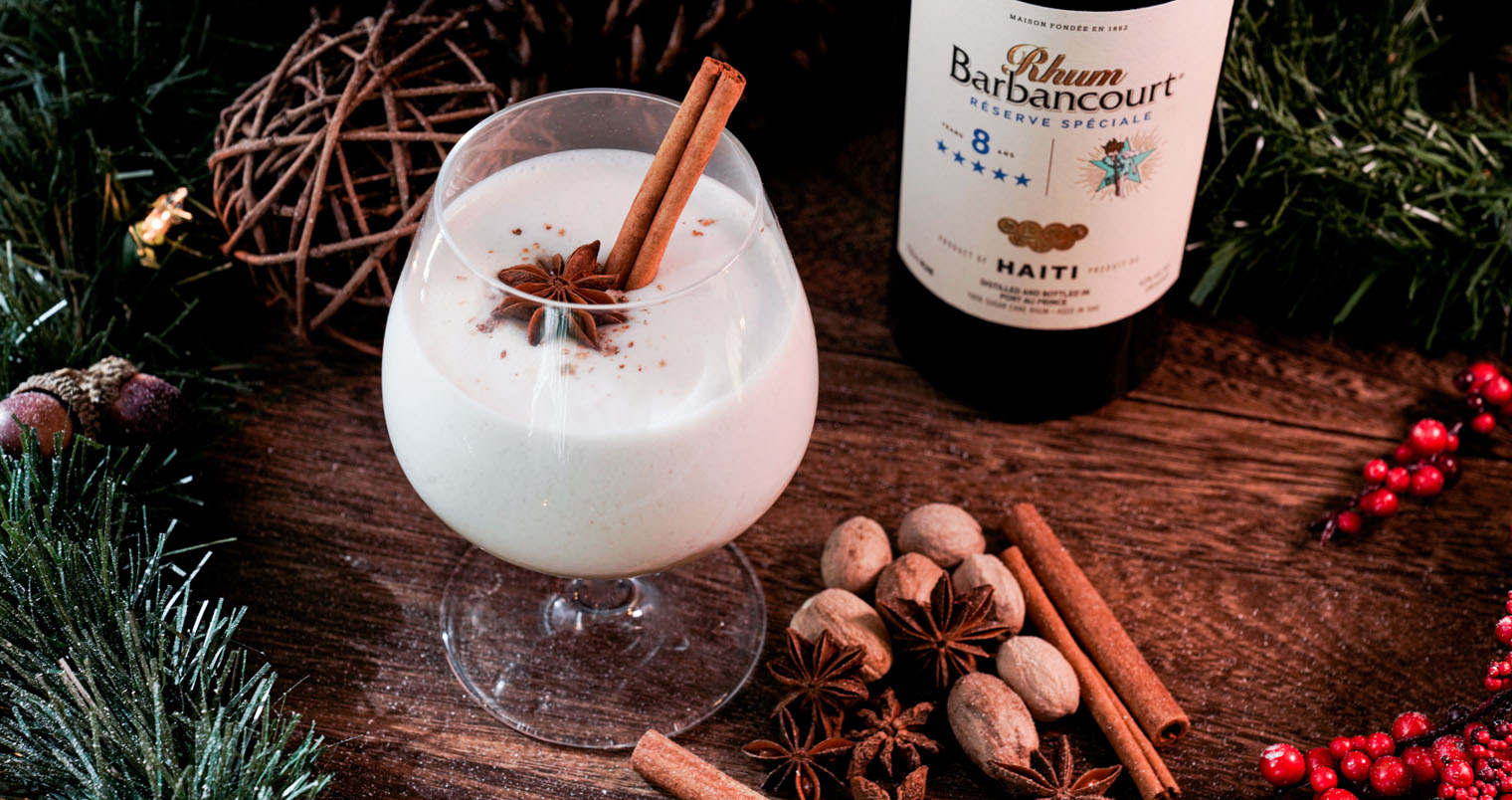





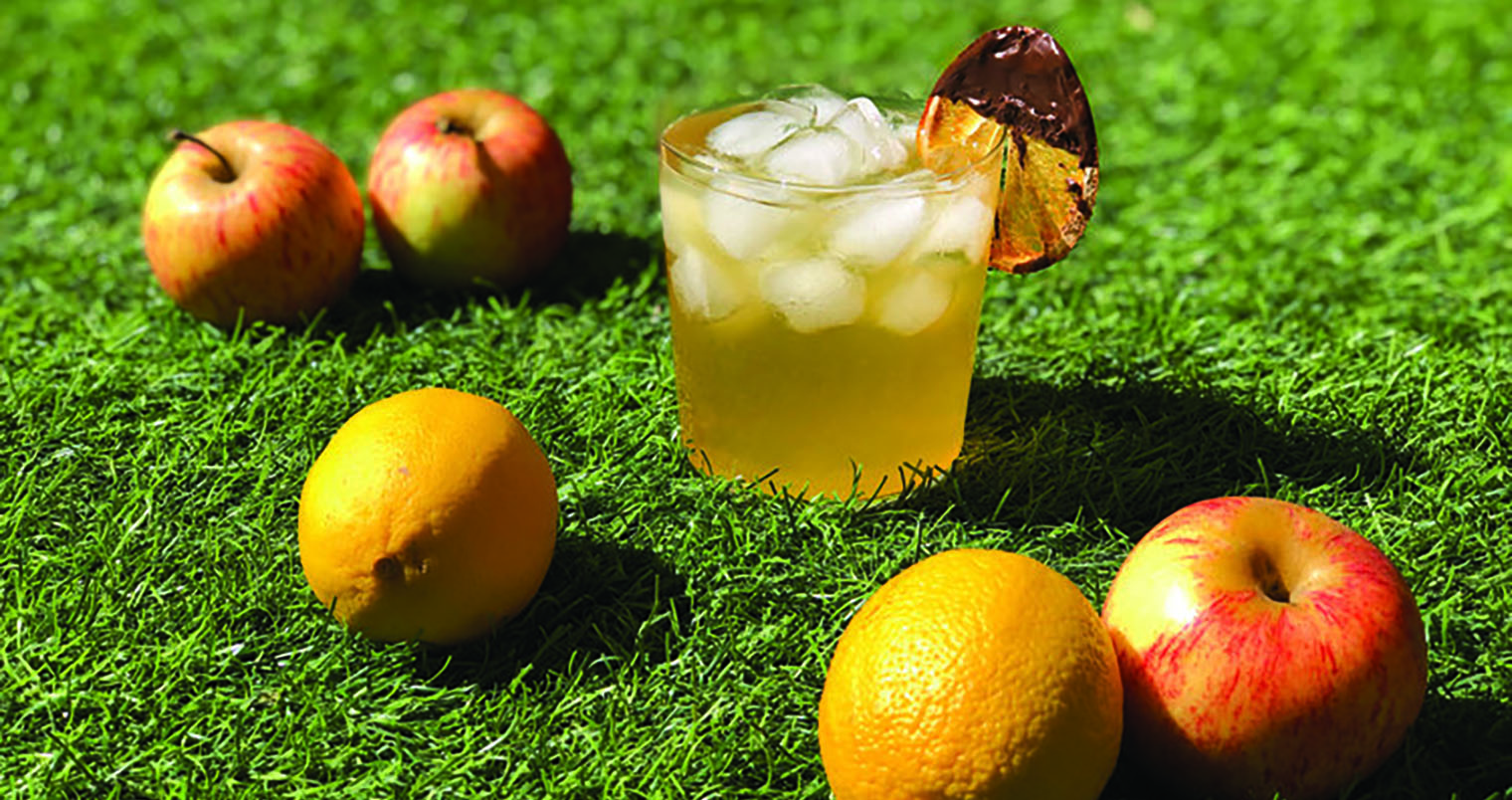





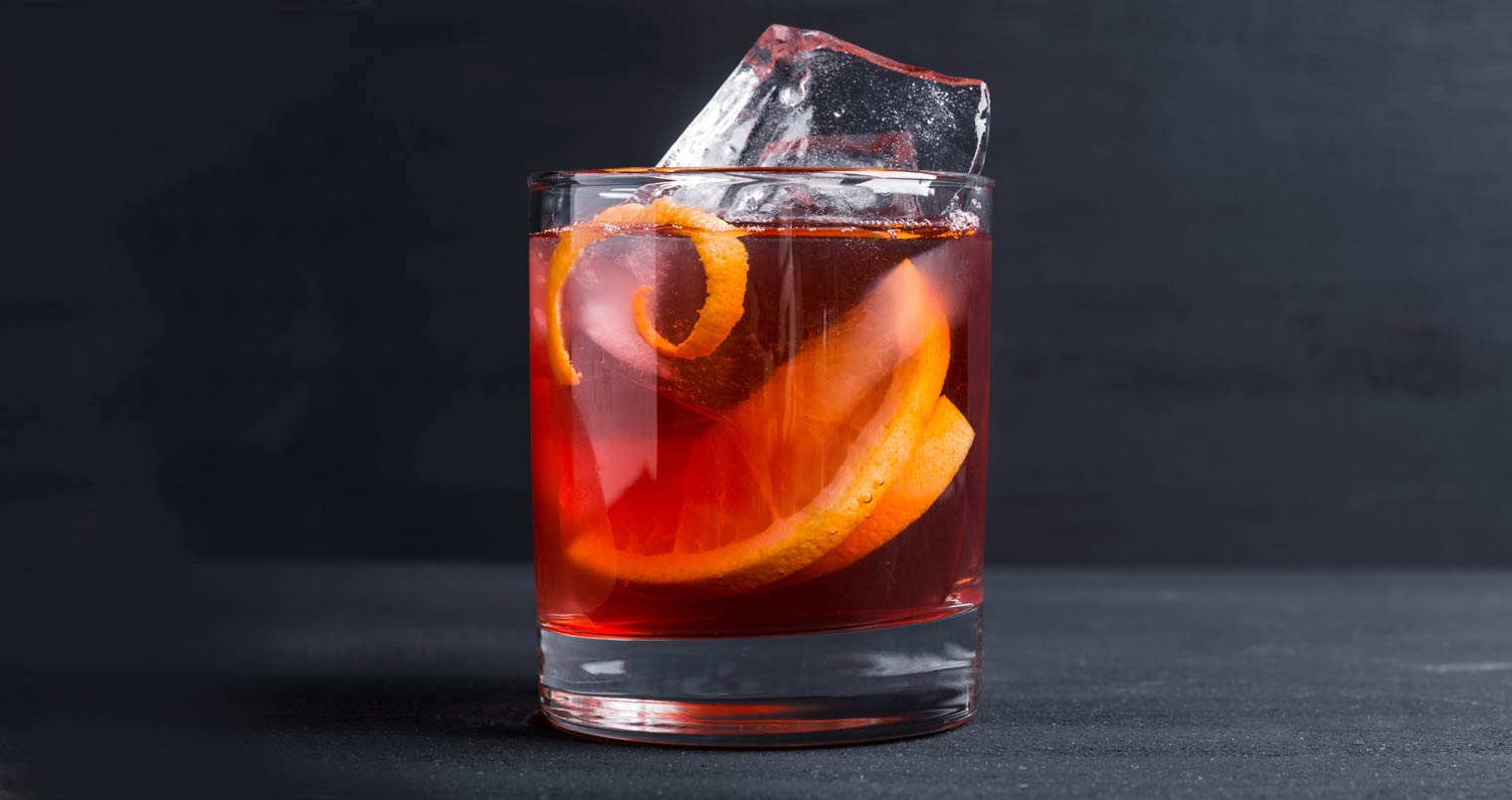



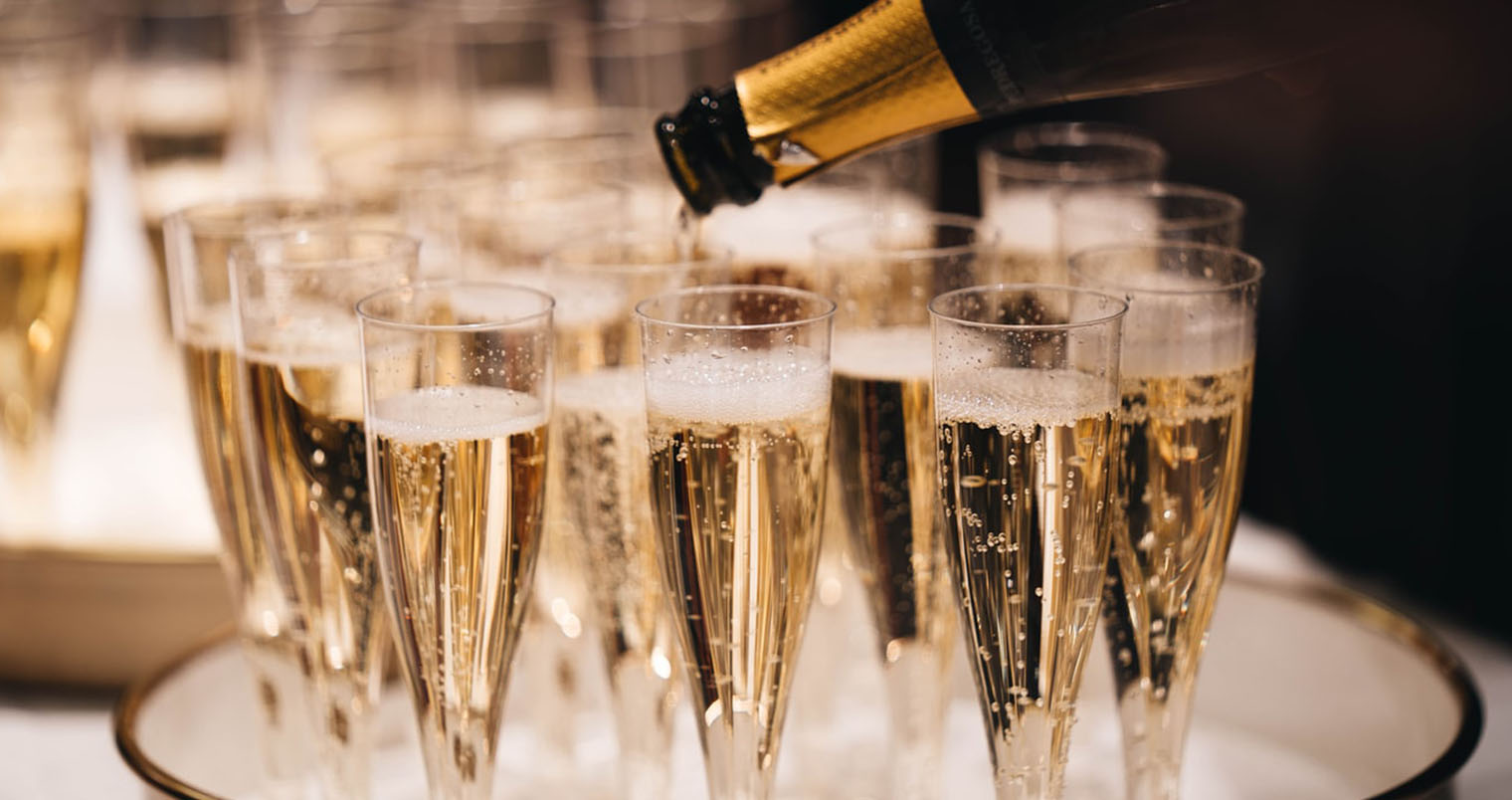





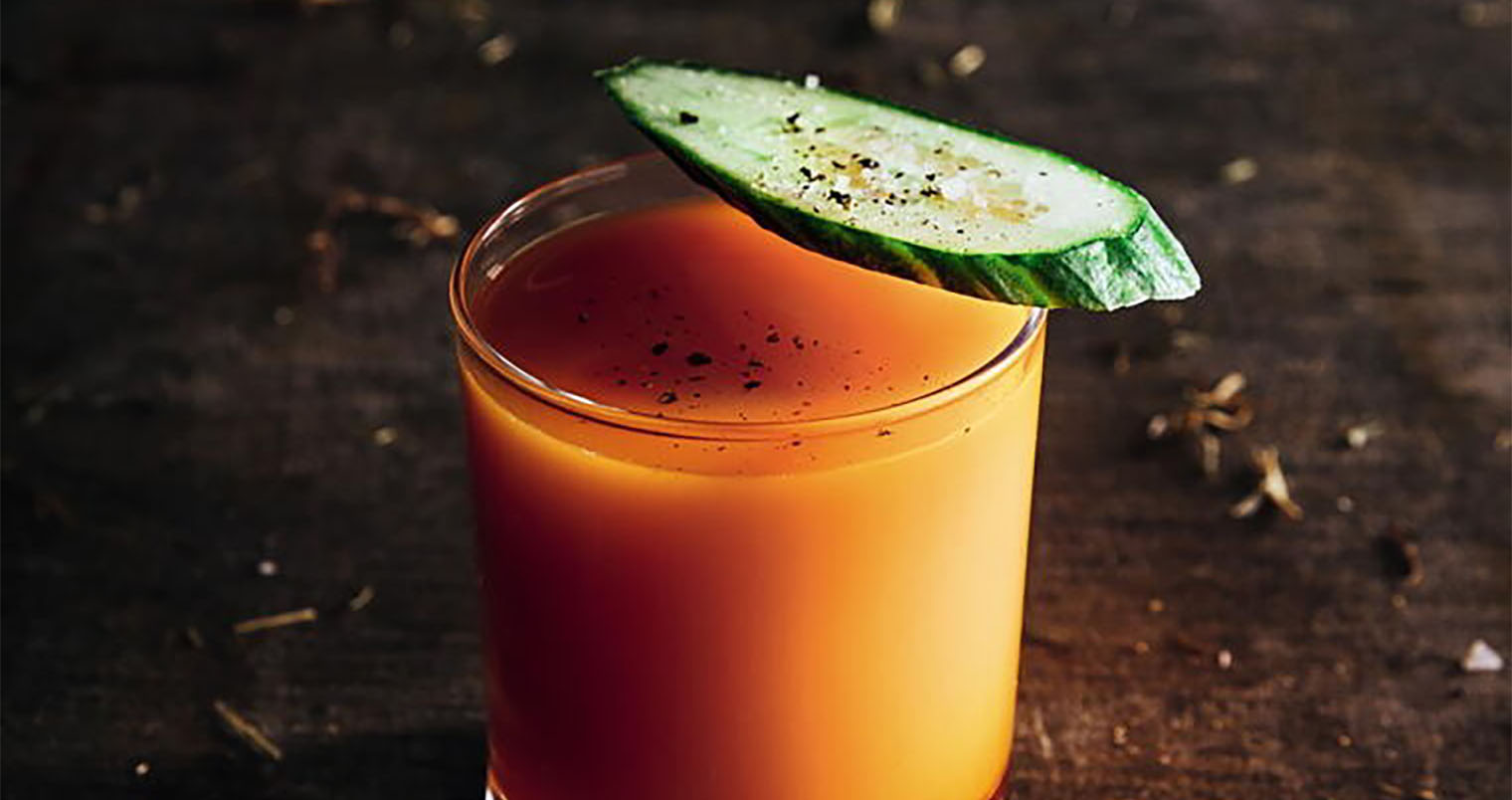








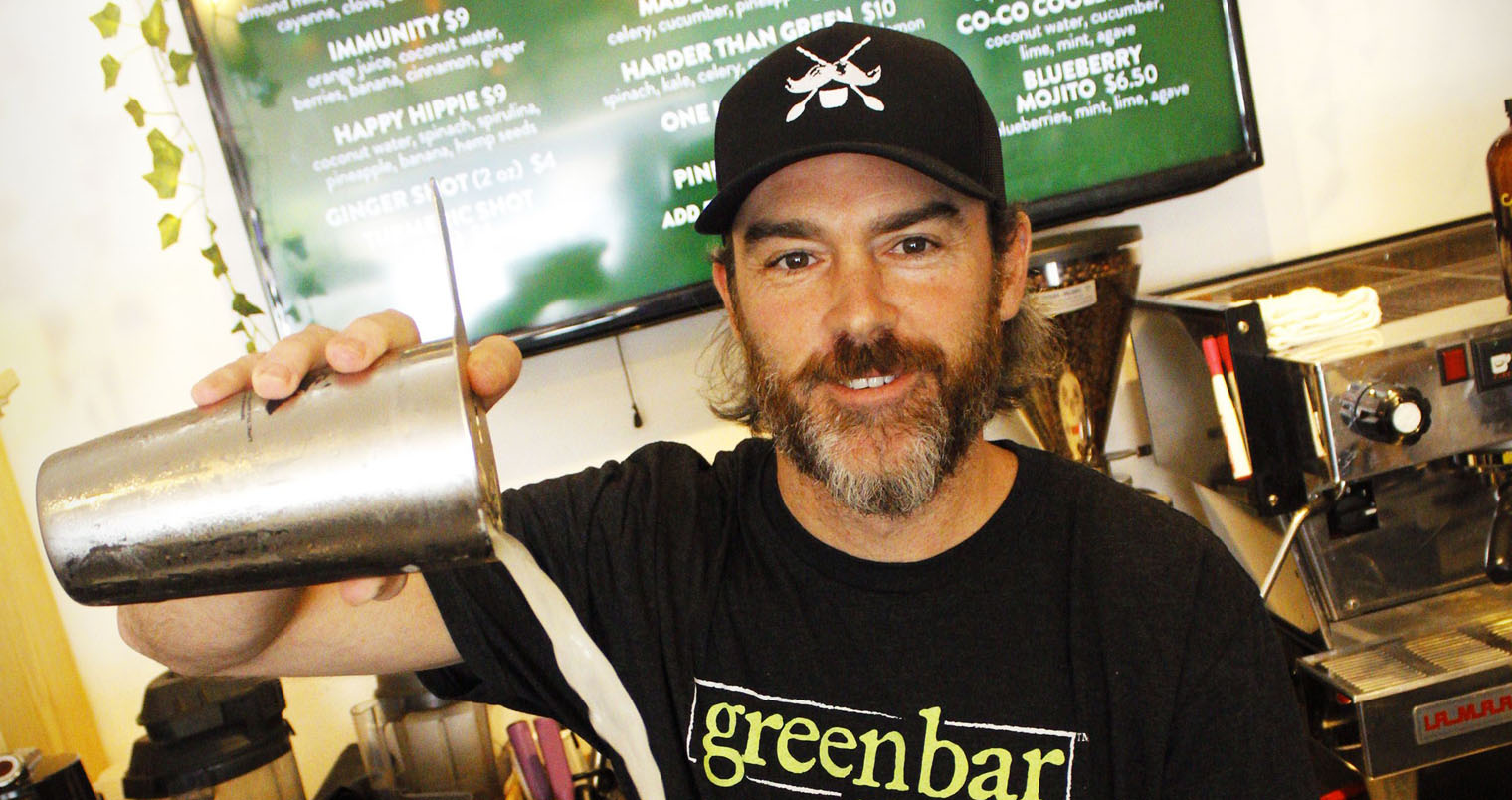








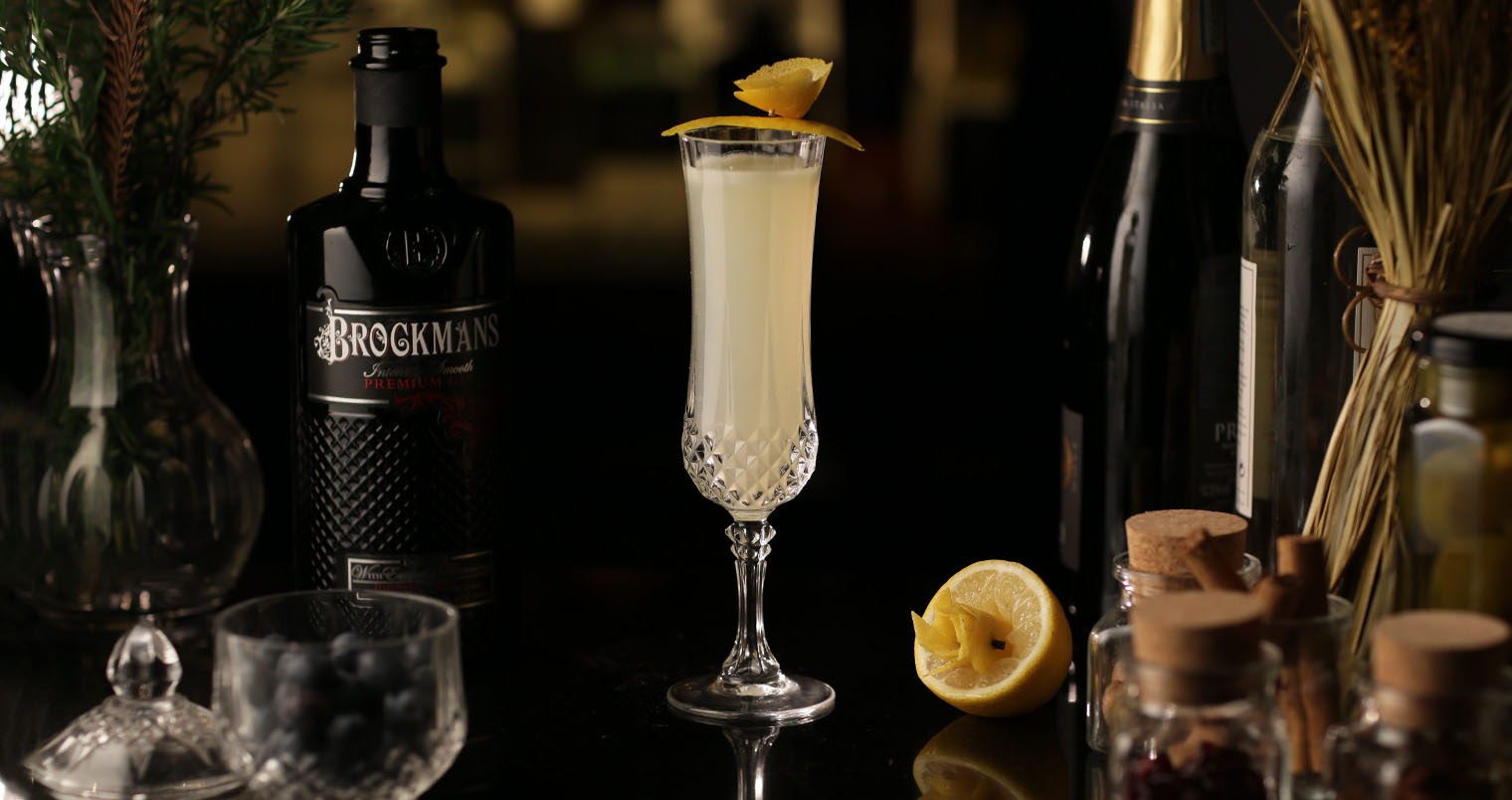


Recent Comments